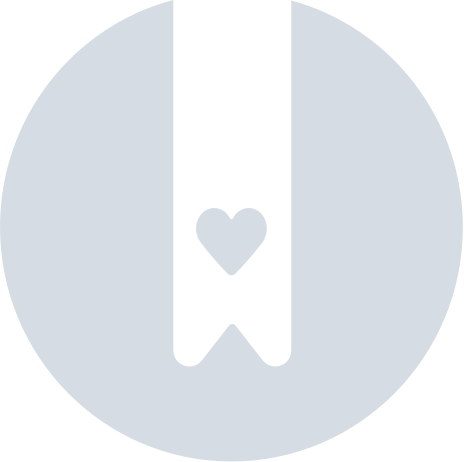Understanding: Session
In this article, we'll define the term 'session' as its presented throughout the platform.
What is a session?
A session is a group of user events. A session can contain any combination of page views, events or actions.
Attribution is done on session level, such that we attribute value to a session that may contain several events. In this way, we do not seek to attribute value to a single click, but the group of interactions constituting the experience perceived by a user.
How is a session defined?
Interactions are grouped into a session if:
- Inactivity between interactions are less than 30 minutes
- Belong to the same session group ID (see below)
In this way, we classify each event into groups, and only if the events belong to the same group can they be grouped together. For example, by default a meeting will be in a different group than a webpage event.
These groups can be customised so specific events are no longer grouped ie. creating more sessions making the view more granular.
Default groups are:
- Emails (split into email opens and email sent if possible),
- Calls
- Meeting
- Events (like webinars or conferences)
- Conversation
- Everything else
Example:
Alice visits our web-page at 15.42, views another page at 15.43 and signs up to our newsletter 15:50.
These three events are in the same group and happening within 30 minutes of each other, so they will be within one session.
Shortly after we have a call and a meeting with Alice. These happen within 30 minutes of the visit to our webpage, but they belong to different session groups, so they are separate sessions. Notice that meetings and calls are by default two different session groups.
After our short meeting Alice decides to revisit our web-page. This starts a new session as more than 30 minutes of inactivity was recorded since the last activity within that session group.

How long does a session last?
In general, a session continues until we see 30 minutes of inactivity.
This means that if we record no activity within a session group for 30 minutes, the session ends.
Therefore, we can have multiple sessions occurring simultaneously as long as the actions belong to different session groups.

